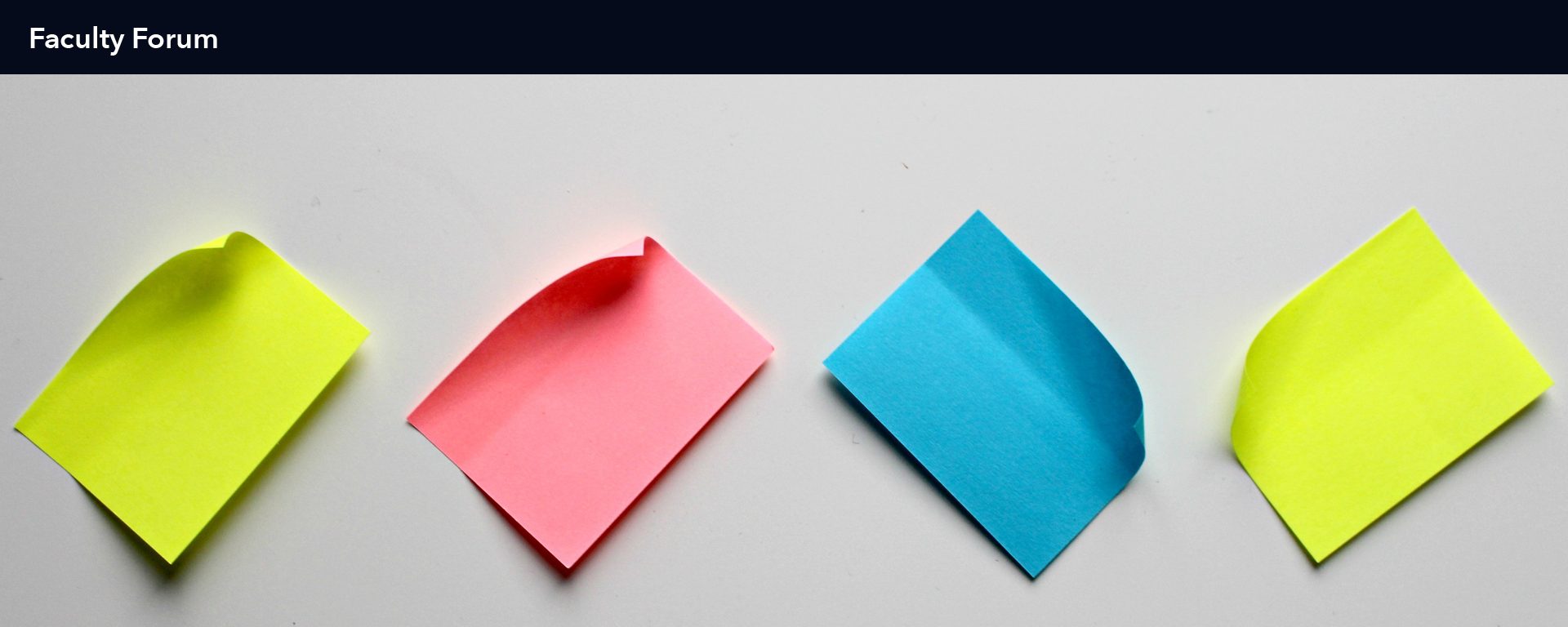Universal Design for Learning Eases Tech Challenges for Accounting Students
by Mike Rotondo, MBA, Curriculum Coordinator, Goodwin University Accounting Program
In 2019, Goodwin University’s business program received a grant to support the ENet Entrepreneurial Network, an initiative designed for enrolling formerly incarcerated individuals into the program’s Business Start-Up Certificate for the spring 2020 semester.
As Goodwin’s accounting curriculum coordinator, I was responsible for teaching these students basic accounting skills. Our accounting information systems course is primarily focused on learning QuickBooks. Typically, students in this 7.5-week course have taken at least basic accounting, but to accommodate the ENet students and optimize their chances for success,
we expanded the course to 15 weeks. My goal for the first half of the course was to teach students to work on financial statements, prepare basic ratio analysis on the income statement and balance sheet, provide information on basic inventory costing methods. and impart basic budgeting skills. The second half of the course would introduce them to QuickBooks.
Integrating technology is important when learning accounting, and I use Excel extensively in all my courses. I did not anticipate the struggle many of these students would encounter with technology and quickly realized a traditional learning approach would not work for them.
For the first three weeks, their struggles with technology prevented the students from grasping the concepts of the course. By the fourth week, at the suggestion of Dr. Matt Connell, Business Administration Program Director, I tried a different approach. For the first half of the class in our Universal Design for Learning (UDL) classroom, I used the SMART Board, white board, and large sticky notes to demonstrate the statements. The students responded well, asked many questions, and prepared the statements with me on manual sheets I provided.
Without the barrier of technology, it appeared that the students learned much more. One commented that he understood the Statement of Owner’s Equity and the Balance Sheet much better after doing it manually first. Others remarked they liked the class better and were able to understand the concepts.
Back in our regular classroom for the last hour of class, the students were asked to transfer the statements to Excel. I circulated among them to assist with the spreadsheets and uploading the files to Blackboard, our leaning management system, which had presented another major struggle for many of them.
Removing the obstacle of technology from the learning process was key.
Having incorrectly assumed that these would be “typical” students with at least a working knowledge of computers, I had to seriously examine the way I was teaching and relating to them. I continued to split the class into two parts. The first was spent in the UDL classroom explaining and demonstrating the concepts manually, even incorporating props to explain inventory costing concepts. The students continued to respond well.
Classroom etiquette had been a challenge throughout the semester. When the students took their mid-term exam in March, although I gave them the choice to complete the test manually, Excel was the preferred option. Many ignored instructions not to help each other, would speak out, voice frustrations, and use notes and phones. While the majority of the students wanted to learn, I had to continually remind myself to meet them where they were. I had to overcome my own resistance to change the way I was disseminating the accounting principles I wanted them to learn.
As courses went online in late March due to the COVID-19 pandemic, new challenges arose. Dr. Connell was a major help in getting the students onto Blackboard Collaborate sessions and 12 of the 15 students were able to complete the requirements and pass the course with much assistance from e-mails, phone calls, and Collaborate sessions. I have learned much from this group. While I still hold to the “explanation, demonstration, practice” model when teaching accounting majors, I now know I must often modify my approach when teaching accounting principles and concepts to those who only require basic knowledge.
Learn more about the Accounting program at Goodwin University.
Michael P. Rotondo, MBA is the Curriculum Coordinator for the Accounting program at Goodwin University. The Accounting program resides in the Business Administration program, part of the School of Business, Technology, and Advanced Manufacturing. In addition to more than 20 years of teaching experience and curriculum development, Professor Rotondo has many years of experience working in accounting in the financial services industry.

